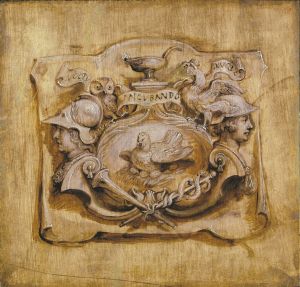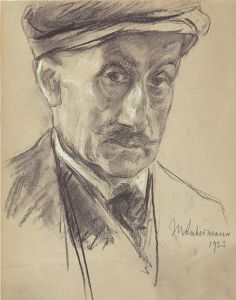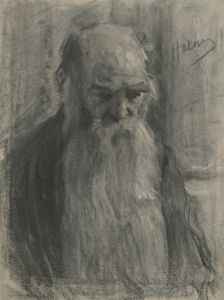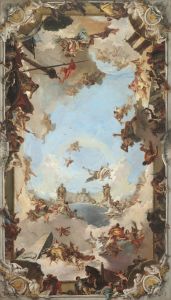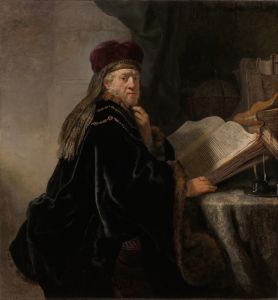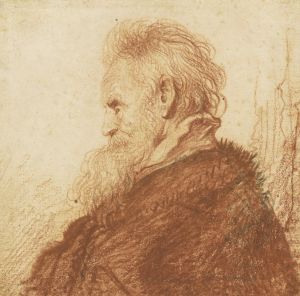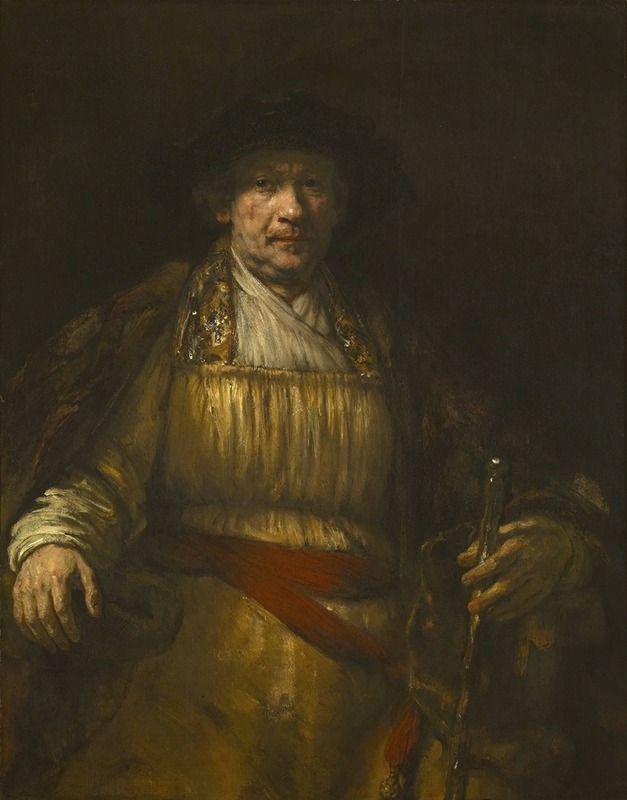
Self-portrait
A hand-painted replica of Rembrandt van Rijn’s masterpiece Self-portrait, meticulously crafted by professional artists to capture the true essence of the original. Each piece is created with museum-quality canvas and rare mineral pigments, carefully painted by experienced artists with delicate brushstrokes and rich, layered colors to perfectly recreate the texture of the original artwork. Unlike machine-printed reproductions, this hand-painted version brings the painting to life, infused with the artist’s emotions and skill in every stroke. Whether for personal collection or home decoration, it instantly elevates the artistic atmosphere of any space.
Rembrandt van Rijn, one of the most renowned artists of the Dutch Golden Age, is celebrated for his masterful self-portraits, which offer a profound insight into his life and artistic evolution. Among these, "Self-portrait by Rembrandt van Rijn" refers to a series of paintings, drawings, and etchings that Rembrandt created throughout his career, showcasing his exceptional skill and introspective nature.
Rembrandt's self-portraits are notable for their frequency and depth, with approximately 80 works attributed to him, including paintings, etchings, and drawings. These self-portraits span over four decades, from his early twenties until shortly before his death in 1669. This extensive collection not only documents his physical aging but also reflects the changes in his artistic style and personal circumstances.
One of the earliest self-portraits is "Self-Portrait with Disheveled Hair," an etching from around 1628. In this work, Rembrandt presents himself with a youthful, somewhat unkempt appearance, capturing the spontaneity and vigor of his early years. His early self-portraits often exhibit a sense of experimentation, as he explored different expressions, poses, and lighting effects.
As Rembrandt matured, his self-portraits became more introspective and technically sophisticated. The "Self-Portrait at the Age of 34," painted in 1640, is a prime example of his mid-career work. In this painting, Rembrandt portrays himself in a pose reminiscent of portraits by Renaissance masters such as Titian and Raphael, reflecting his ambition and self-confidence as an artist. The use of rich colors, intricate textures, and dramatic lighting demonstrates his mastery of the Baroque style.
In the latter part of his life, Rembrandt's self-portraits reveal a more somber and contemplative character. The "Self-Portrait with Two Circles," painted around 1665-1669, is one of his most famous late works. Here, Rembrandt depicts himself with a direct, penetrating gaze, standing before a mysterious background featuring two enigmatic circles. The painting is often interpreted as a reflection on his life's work and the challenges he faced, including financial difficulties and personal losses.
Rembrandt's self-portraits are celebrated not only for their technical brilliance but also for their psychological depth. They offer a unique window into the artist's soul, capturing the complexities of human emotion and the passage of time. Through these works, Rembrandt invites viewers to engage with him on a personal level, transcending the boundaries of time and space.
Today, Rembrandt's self-portraits are housed in major museums around the world, including the Rijksmuseum in Amsterdam, the National Gallery in London, and the Mauritshuis in The Hague. They continue to be studied and admired for their artistic innovation and profound insight into the human condition. Rembrandt's ability to convey the essence of his own identity, while simultaneously exploring universal themes of existence, ensures his enduring legacy as one of history's greatest portraitists.







